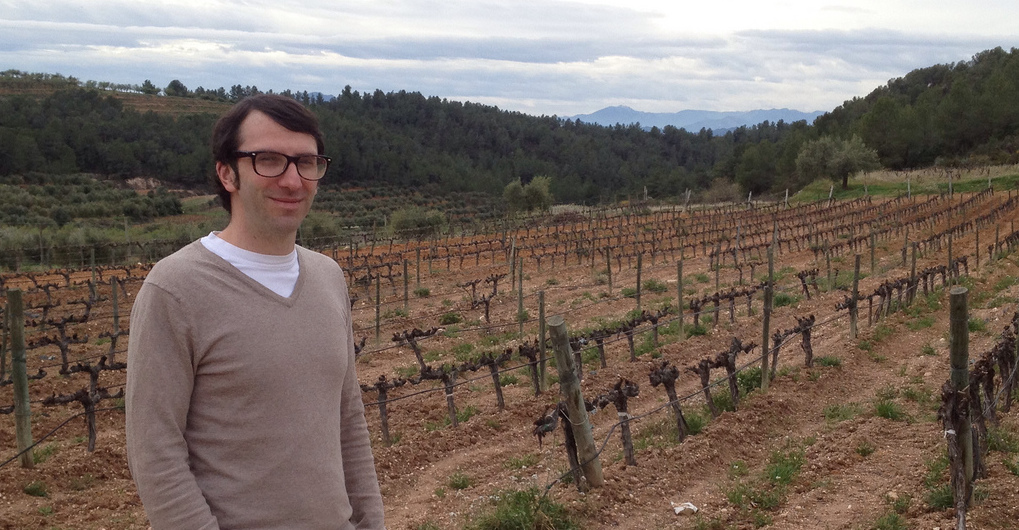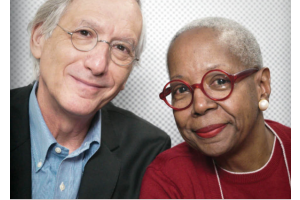
“When did Americans become obsessed with vintage?”
Christopher Howell, Winemaker at Cain Vineyard and Winery, uttered this rhetorical question while on the phone with me from Napa Valley’s Spring Mountain. It’s an isolated area you access via some stomach-churning twists and turns, a world away from the valley floor and its well-travelled roads.
On this day I was asking Howell about Cain Cuvée, a fine wine selling for about 35 dollars that’s notable for many reasons, one in particular I wanted to know more about: it’s a non-vintage blend. What would possess a winemaker to eschew the extra money and additional prestige that comes from affixing a single year onto the label? And how did we get here?
Maybe it wasn’t a rhetorical question after all.
Of course it's hard not to be obsessed with vintage when the vast majority of non-vintage (NV) red wines are the kind that, for example, infamously approprate the name "Burgundy" to pass off a product that has zero resemblance to the genuine article. By focusing in on the story behind Cain Cuvée, as well as two other wineries with experience in thinking about how blending vintages can be an asset in winemaking creativity, maybe the perception of the process can shift.
While non-vintage Champagne is accepted as a high-quality product with equally high prices (consider producers like Krug command well over 100 dollars a bottle), single vintage is a key signifier of quality in red wine. “The American market and for that matter the world market doesn’t really apreciate blends of vintages. We’ve been trained to value most highly only single vintages,” states Howell. Fueled by a "well, why not try it?” spirit, Cain Cuvée, a roughly 50-50 split between two concurrent vintages, was born.
I spoke with two other wineries who are making NV red blends, though much more humble than Cain’s cellar-worthy Cuvée. Sonoma’s Marietta Cellars has been producing their Old Vine Red NV blend for decades. According to Winery President Jake Bibro, Marietta’s first release of a non-vintage red wine in 1982 was a decision by his father, Chris, that was “partially design, partially intuition, partially luck.” And while Cain Cuvée, as Howell says, “...still does have the effect of the variation of the [two] vintages”, Bibro sees vintage blending as a tool for providing consistency with each lot.
President and Winemaker John Bookwalter, of the eponymous Washington State winery, also has a history of crafting non-vintage red wine blends. What’s the appeal of non-vintage red blends like Bookmark (and Subplot before it)? Bookwalter explains, “I have more flexibility with blending and sourcing wines and truly believe I can make a more compelling entry level red wine by using multiple vintages instead of a singular vintage.”
Of course, blending multiple vintages is not without its difficulties, especially financial ones. Bookwalter elaborates, “The challenges from a business standpoint are if you are holding onto older vintages the costs that you allocate to each gallon each month is adding to the cost of the wine and of course holding inventory means that inventory is not contributing to operating cash flow.”
.So what do consumers think when confronted with a non-vintage red wine blend? “There are certainly limits to what consumers are willing to pay for NV wine and that precludes many producers from being able to make enough money for an NV blend to be sustainable,” Bilbo believes. (Though Cain is able to buck that price trend.) Bookwalter uses the aforementioned example of Champagne to ease tasting room skeptics focused on vintage: “I always mention the long standing practice of blending multiple vintages in Champagne and people seem to quickly overcome any preconceived ideas about quality.”
Blending vintages can not only be a benefit to inexpensive wines like Old Vine Red and Bookmark, but winemakers like Howell are showing that it’s a practice that benefits wines tailored towards longer-term enjoyment. According to Howell, “It seems that through blending you can create more balance and add another layer of complexity.”
Is it possible we might someday be witness to a sea change in how we think about the relationship between vintage and quality red wine? Howell wonders, “Once vintage is no longer associated necessarily with quality--you can buy vintage wine for five bucks, right?--the vintage should not be the defining attribute but somehow we’ve remained hung up on that.”
In the meantime, Howell will continue to craft Cain Cuvée. He concludes, “It hasn’t given us any real economic advantage, it’s just made a wine one degree more interesting.”










